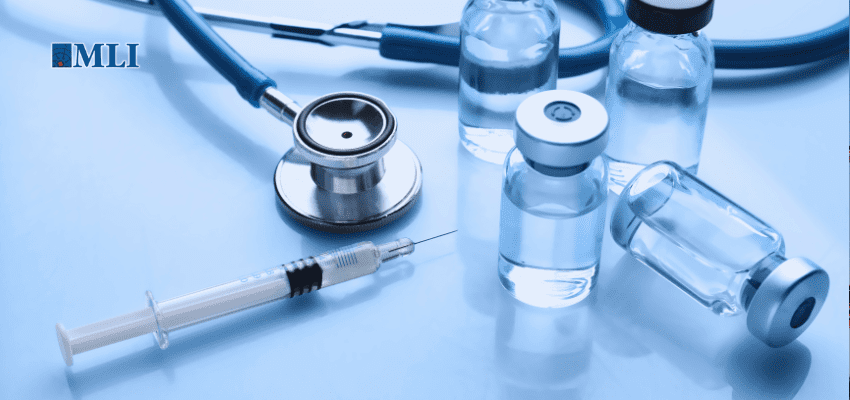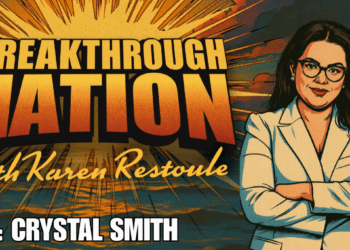This article originally appeared in The Hub.
By Lori Regenstreif, January 15, 2025
One of the starkest emerging policy contrasts in Canada these days is between the entrenched progressive model of offering a “safe supply” of opioids to people with opioid addiction, and the alternative approach championed by conservatives, particularly in Alberta, of prioritizing treatment and recovery.
At present, however, decision-makers are still eager to promote the false hope of a “safe supply” of drugs, even as some physicians are fighting an uphill battle to save the lives of their patients without this controversial practice.
Safe consumption sites were set up for drug use under supervision, originally intended to reduce infection transmissions, but once linked with “safe supply” tablet programs (around 2020-21), they soon became magnets for drug exchange, especially after police-free zones were established around their perimeters. Safe (or “safer”) supply policies in the absence of meaningful treatment may, in fact, be reversing the benefits of other harm reduction strategies (including safe injection sites) in Ontario communities, rather than supporting them.
Some political leaders responded with calls to restrict their numbers and locations. A recent announcement and the subsequent introduction of legislation by the Ontario government led many to believe that “safe supply” has been dealt a crippling blow, but this is far from reality, as tablet prescribing continues unabated.
To be clear, “safe supply” does not mean clean needles, safe consumption, overdose prevention sites, or a supply of naloxone opioid overdose reversal kits. It is the prescription of so-called “safer alternatives”, for unobserved consumption, in the belief that this “saves lives.” The prescribing of these opioids—usually hydromorphone (Dilaudid)—to individuals to “take home” helps feed local drug exchange and expand organized crime.
We currently have no data on just how widespread this is. Federal funding has been focused on claiming, anecdotally, that this prescribing is carefully controlled and that drug diversion is not happening. We could measure prescriptions through the Ontario Drug Benefits database, but the information is not publicly available. However, we have seen a surge in new “addiction treatment clinics,” where an in-house pharmacy with a prescriber on TV is all that’s on offer. But this proves nothing specific and gives us no real data.
Coroner data has been used to assert that safe supply is not harming youth, yet the use of prescription opioids by high school students doubled between 2021 and 2023.
A useful indicator would be youth with opioid overdose and opioid dependence showing up in pediatric emergency rooms with hydromorphone use. So far, no one has probed for this data. But it doesn’t bode well that youths between the ages of 13 and 18 are reporting easy access to Dilaudid 8 mg tablets.
I work in a youth detention setting, and not a week has gone by in over six months that a youth has not reported getting the tablets—either directly from a doctor or by buying them off the streets, often in their original prescription bottle.
One 16-year-old walked into a Burlington addiction clinic, saw a doctor on a TV, and was prescribed “the safe supply program.” Rather than offering him an evidence-based opioid agonist treatment, he was given a daily-dispensed bottle of Dilaudid 8 mg tablets, “to help me wean off the oxys.”
Any doctor with addiction treatment experience knows that giving one short-acting opioid in exchange for another is not treatment; it’s not even harm reduction.
Another 16-year-old bought a bottle on the streets of Peterborough. When I suggested a naloxone kit, he was shocked to hear that anyone could overdose on these tablets, as “they were from a doctor.”
If these youths were addicted to fentanyl, I might imagine the Dilaudids as a last-ditch attempt to engage them into treatment. But so far, none of them have presented with any fentanyl use. As one youth pointed out when I asked, “That stuff is for junkies.”
Not only does the provision of these tablets without meaningful treatment lead nowhere, but they maintain a source of currency for people to continue to buy and use drugs.
The people seeking help for their opioid use are increasingly reassured that “clean opioids” and “a safe place to use drugs” are solutions. But while a bottle of Dilaudid can be had in minutes, recovery takes many months and years. Which would you choose for quick relief in your discomfort and desperation?
This is an illness state where relief in the moment is experienced as a cure.
And so, amidst the noise of consumption site closures, no one has stopped to look at the underlying philosophy associated with the view that “safe supply saves lives.”
Imagine, for just a moment, that you are a doctor who treats diabetics. Your goal is to help your patients increase their activity, reduce their carbohydrate intake, and take certain medications to lower their blood sugars, reducing their risk of potentially life-threatening health problems.
Now imagine that a group of activists in your community believes that people with diabetes have a “right” to eat whatever they want, in whatever amounts give them pleasure.
These activists believe that “oppressive” and “patriarchal” physicians are stigmatizing their patients by encouraging them to change their lifestyles.
Soon, the activists demand that candy be dispensed to diabetics all over the country, even by doctors who don’t normally treat diabetes. They even promote giving candy to homeless teenagers without diabetes, to teach them the difference between “safe” sugar and “toxic” sugar.
When diabetes continues to rise, they demand more special sites where people can eat large amounts of free sugar while staff stand by, test their glucose levels, and give them insulin whenever their blood sugar becomes dangerously high. The insulin doses count as “lifesaving” events in their programs, therefore they work.
As a physician, you protest. Surely, this resource-intensive approach is a misguided way to look after a chronic disease. Your health-care system is already overburdened, and you worry that these sites will siphon away support for other programs that are known to help diabetics.
Suddenly, there is cheap chocolate everywhere, available to youths and diabetic people alike. And while the public complains and the government closes the sites, the free flow of chocolate continues.
That’s the absurd situation we find ourselves in now with opioids.
As Ontario begins to cut back on these “safe sites,” accusations of “more will die” escalate. They may be correct; more may die from the ever-increasing supply of opioids, whether as drug or as currency for other drugs, regardless of the safe places to use. Or maybe fewer young people will initiate a new opioid addiction.Maybe there is a smarter middle ground than where we are now that does not include helping people maintain their opioid addiction.
What is clear is that “safe supply” is not what saves lives. We can fix our sights on prevention, education, and treatment where we know lives can be saved, rather than palliating the unwell, all the while aiming to reduce the public’s exposure to toxic drugs.
If we can do this, maybe, just maybe, fewer will die.
Lori Regenstreif is a family physician, working in inner-city Hamilton, Ont., with a focused practice in addiction medicine for the past 15 years. A contributing writer for the Macdonald-Laurier Institute, she is a national expert in addiction medicine and has co-authored guideline documents on the care of people who use fentanyl in the community, and in prisons and in-patient settings.







